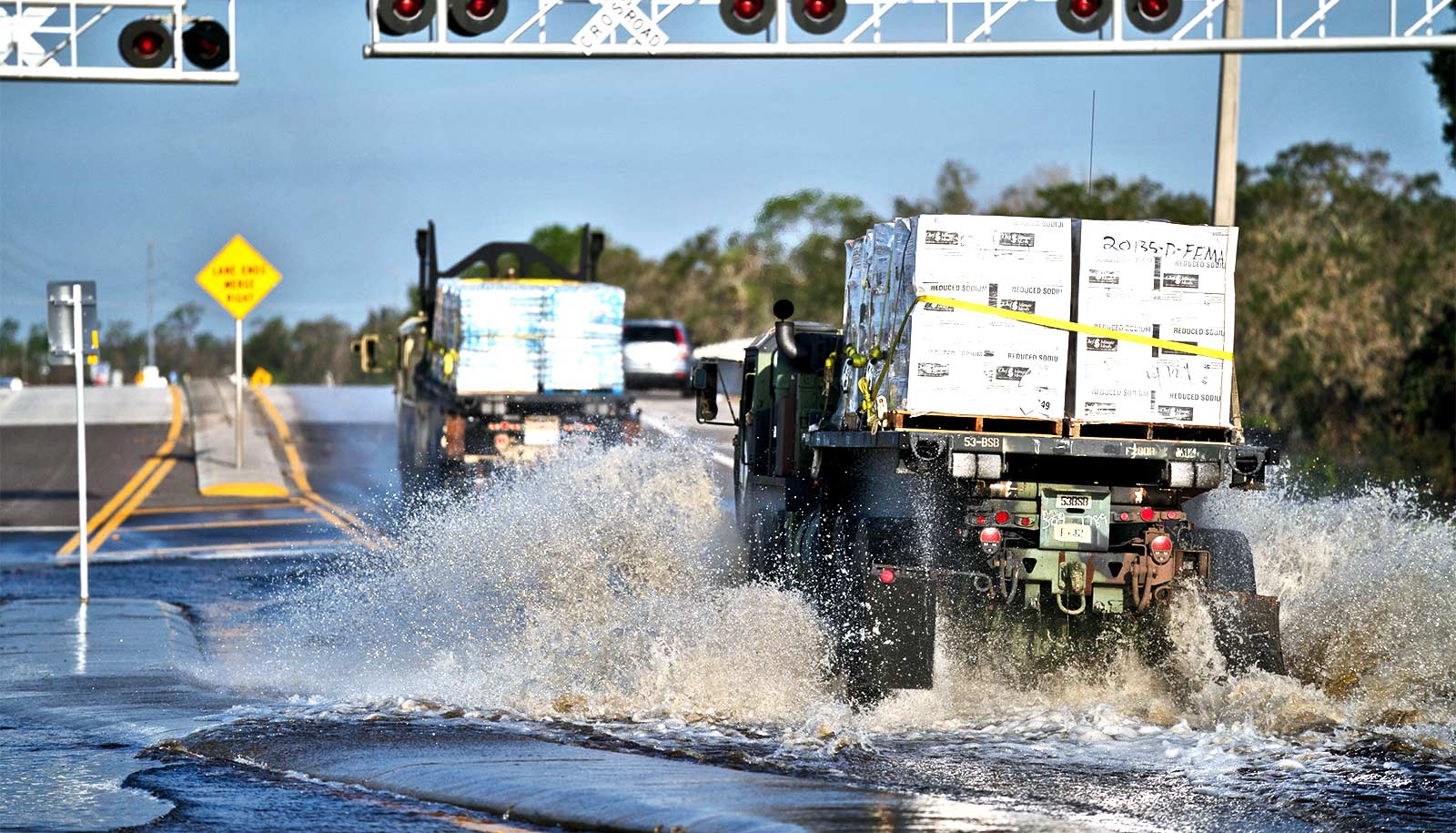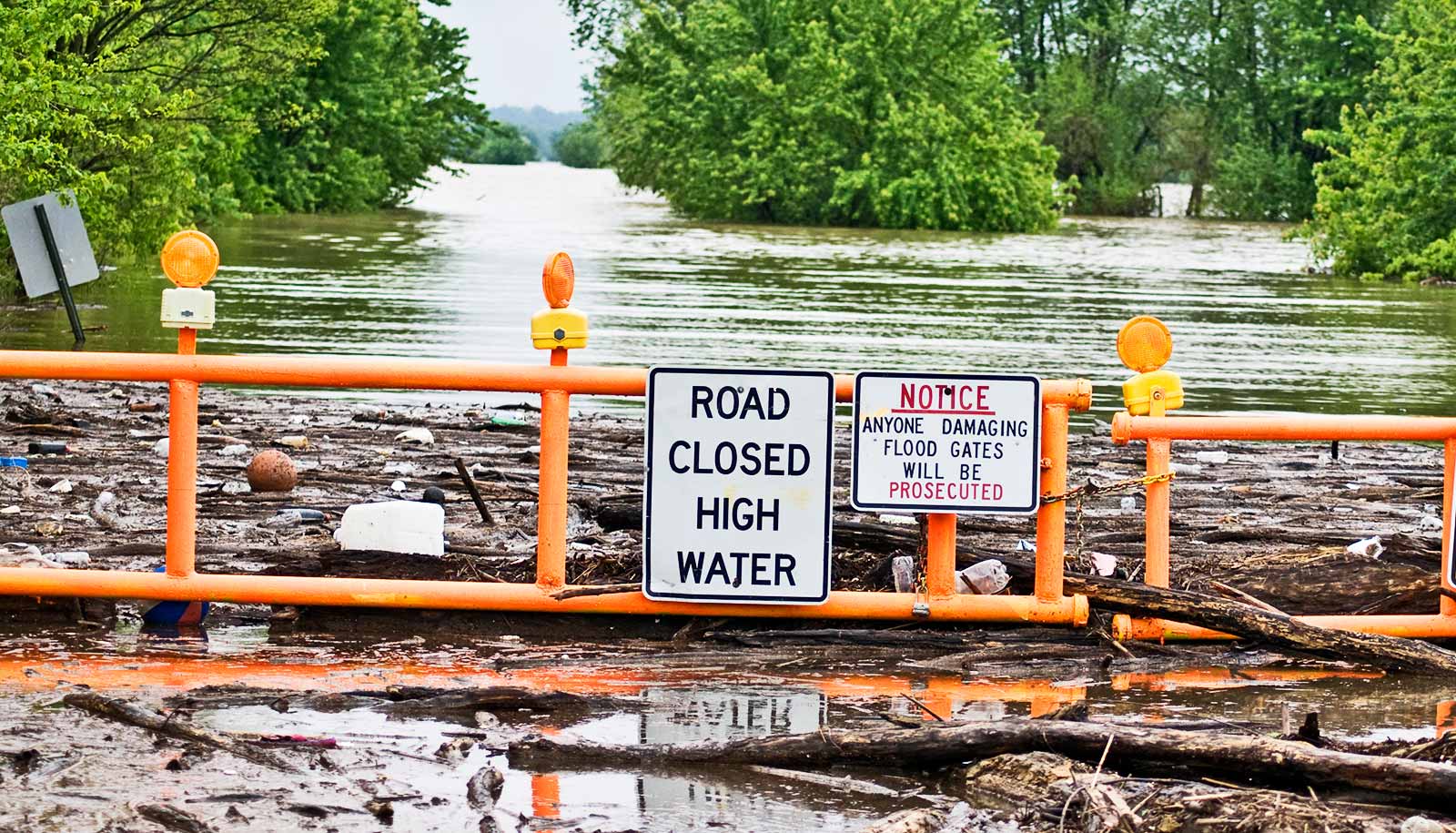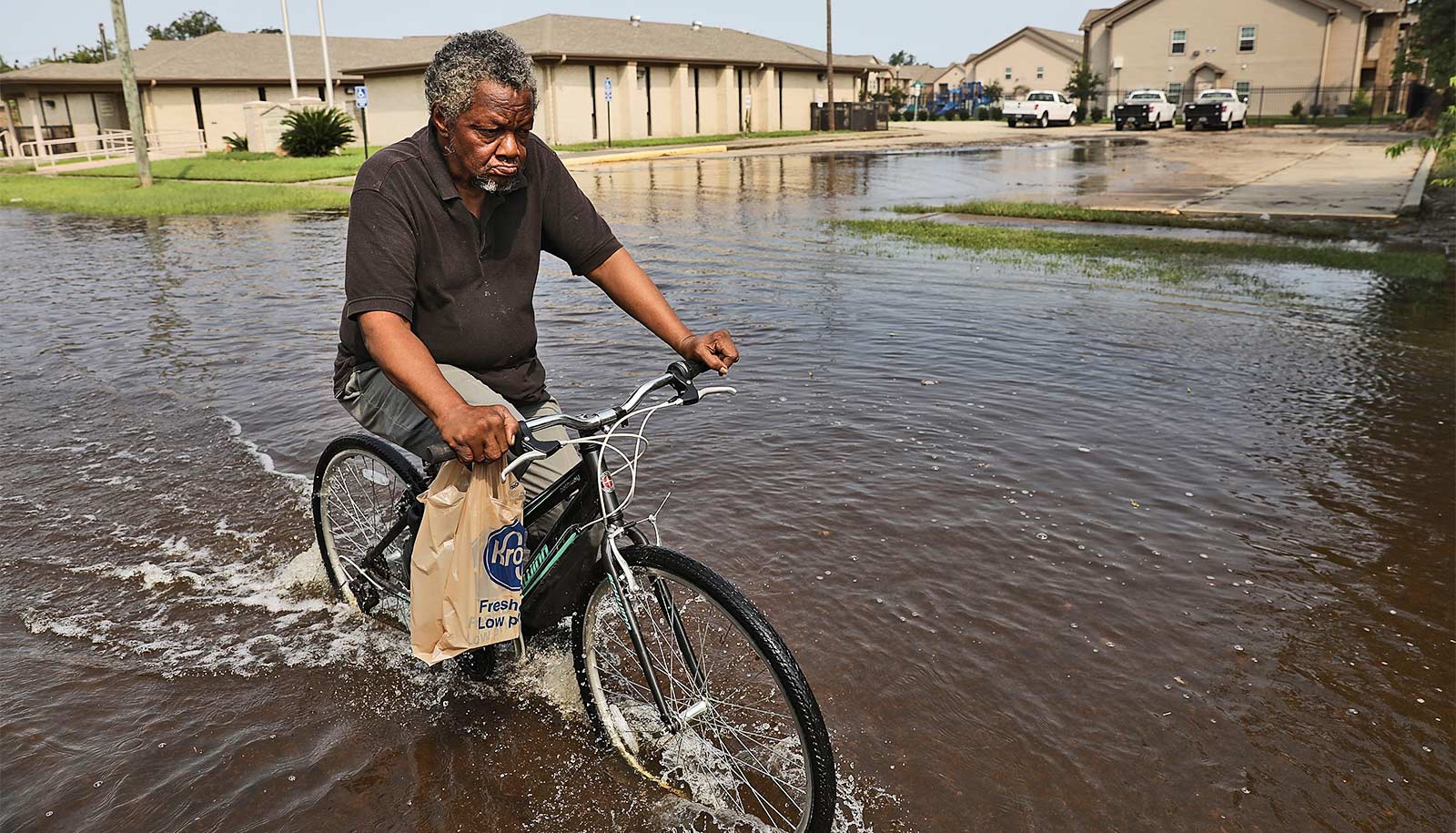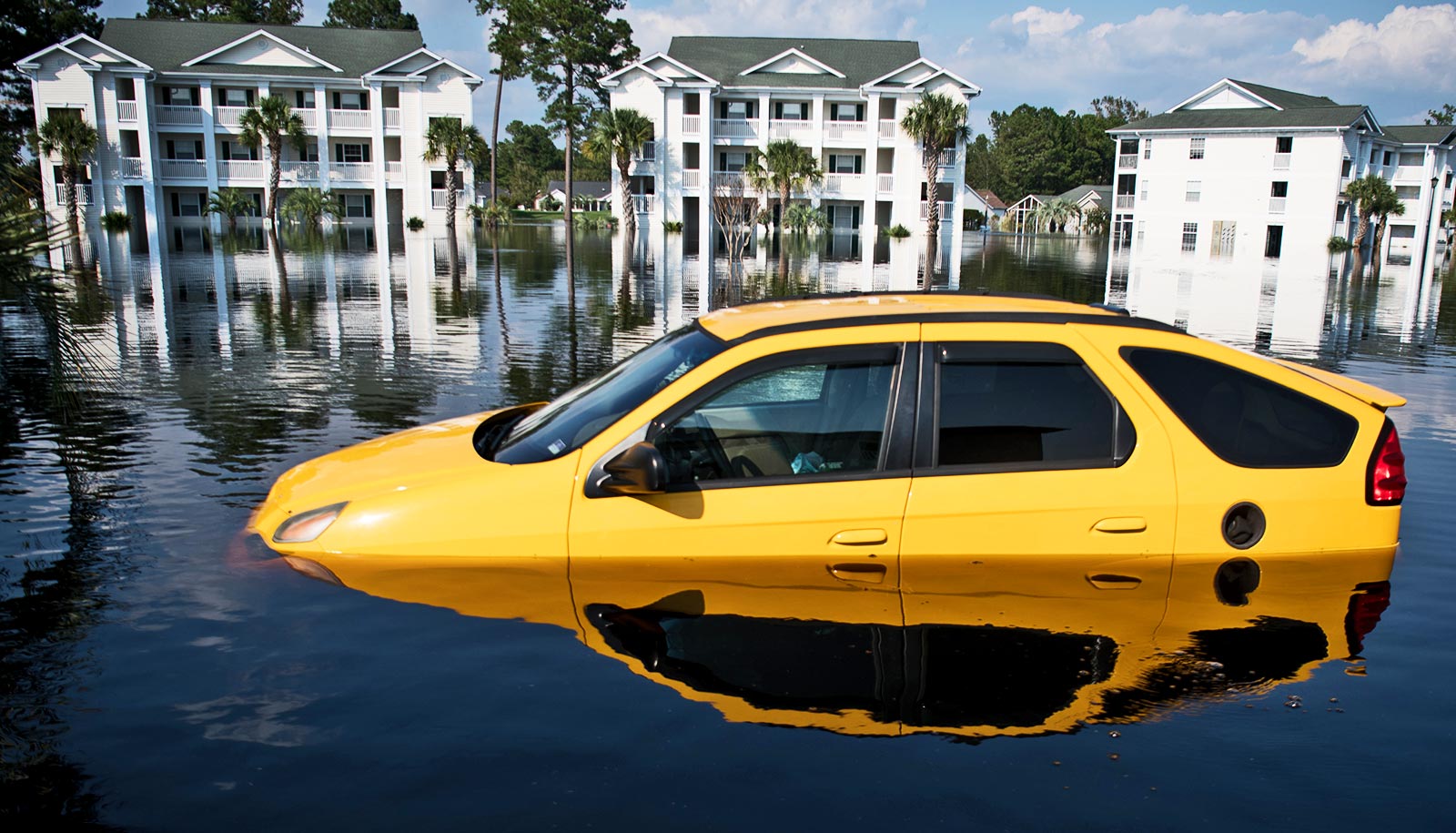Researchers have developed an algorithm to help public health agencies and others develop a fast and effective response to disasters, whether they’re dealing with a hurricane or anthrax attack.
In recent tests, they confirmed that the algorithm, called the receiving-staging-storing-distributing (RSSD) algorithm, was faster and, in many situations, more effective in helping responders get critical supplies where they’re most needed.
Armin Mikler has been interested in disaster and emergency response since Hurricane Katrina devastated the Gulf Coast in 2005, killing more than 1,800 people, causing more than $100 billion in damage, and exposing serious flaws in the nation’s ability to respond to disasters.
Mikler, chair of the computer sciences department at Georgia State University, began working with colleagues at the University of North Texas to develop tools to improve disaster planning and response.
In emergency situations, the population in the affected area needs to be essentially divided up so that medication and other resources can be distributed effectively. This requires the creation of “drop points,” places in the affected area where supplies are delivered from a central point, or depot, such as the Strategic National Stockpile. The number of vehicles needed to deliver supplies, as well as their carrying capacities, are also major factors. When given the capacity of the vehicles and a time limit, the RSSD algorithm can work out ideal routes to points of delivery.
“The question needs to be answered, how do we get from the central point where they drop off, how do we deliver it to all the points where it’s actually needed?” Mikler says.
“That depends on how many points we have. And that is a very fluid problem, in the case of such emergencies. For instance, we don’t know exactly how many points of dispensing would actually be opening.”
Because of the fluidity of these situations, the algorithm he developed needed to be fast to respond effectively to the rapidly changing situations. Usually, problems like this would be solved using an algorithm that provides the best possible and most efficient solution, known as an optimization algorithm. However, optimization algorithms take a long time to find an answer.
“This is time that we often do not have when we need to reconfigure our plans,” Mikler says.
In short, Mikler and his colleagues found that fast and “good enough” is better in an emergency than taking too long to find a “perfect” solution.
To see how this algorithm stacked up to the others in both speed and accuracy, Mikler and PhD student Emma McDaniel conducted benchmarking tests with the RSSD algorithm and others.
Mikler and McDaniel recently published the results of these experiments in an article in PeerJ Computer Science.
They found that even though the RSSD algorithm doesn’t find the optimal solution, it does find consistently good solutions that take a minimum amount of response time. So, not only is the algorithm itself fast, but it also finds some of the fastest routes for resource delivery.
To benchmark the results, Mikler and McDaniel used a database called the CVRPLIB (Capacitated Vehicle Routing Problem Library) as their baseline for best answers to emergency situations. The database contains optimal vehicle route distances for various combinations of depot locations and the number of people who need supplies. Using these datasets, Mikler and McDaniel compared the RSSD algorithm to three others that solve similar problems. In terms of consistency, RSSD came out on top.
The algorithm, first developed in 2014, has been improved over time and is now integrated into response planning software that is used by the Texas Department of State Health Services to assist in both emergency response planning as well as real-time emergency response. Sampson Akwafuo, an assistant professor at California State University, has also used the algorithm to help plan emergency resource delivery in resource-poor areas in some African countries.
“We’re really able to come up with workable, feasible solutions to problems in a much shorter time,” Mikler says.
And time is of the essence in disaster and emergency response.
Source: Katherine Duplessis for Georgia State University



